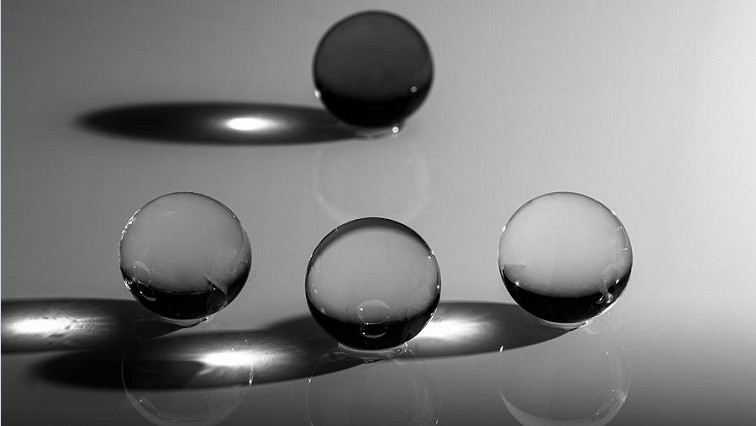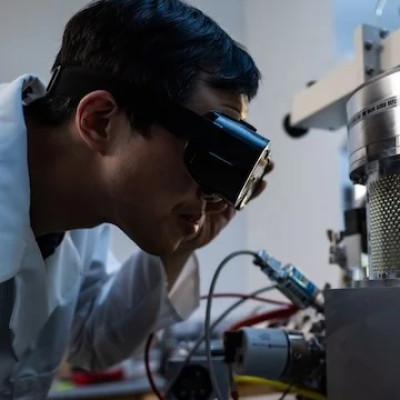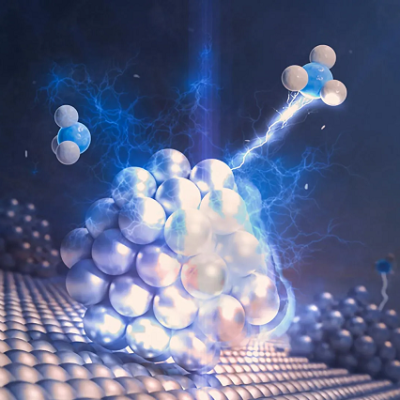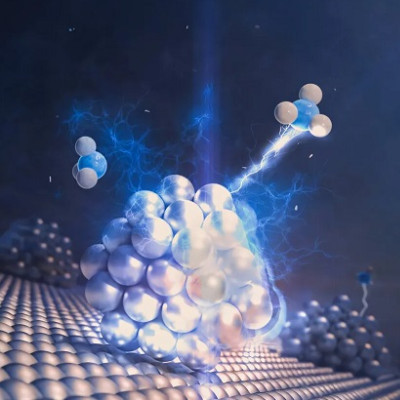Published in Applied Physics Letters, the technique the team developed uses condensation to noninvasively refill the liquid marbles that previously collapse due to evaporation.
“Liquid marbles are droplets of solution that we wrap in a thin layer of microparticles which can be used for a number of biological, chemical, and biochemical applications,” said co-author Professor Nam-Trung Nguyen from the Queensland Micro and Nanotechnology Centre.
“Liquid marbles are used as microreactors to house various chemical, biochemical and biological purposes like growing cells and applications such as the common PCR, a DNA amplification technique used to detect COVID-19.
“Utilising liquid marbles for these purposes significantly reduces the amounts of reactants and plastic consumables needed.”
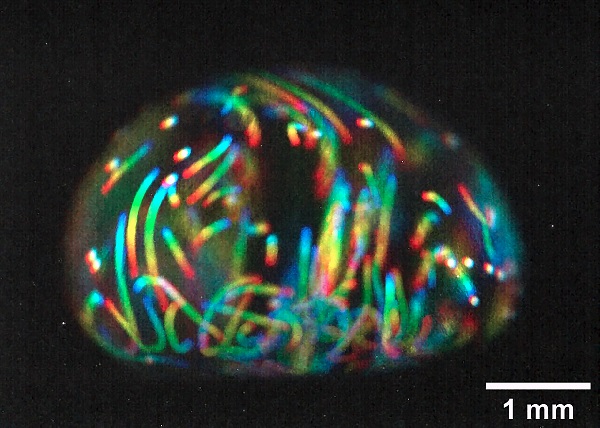
To create the marbles a drop of the reaction solution is rolled over a powder bed of hydrophobic (water resistant) particles or oleophobic (oil resistant) particles, so they create a barrier around the drop that isolates its content from the surrounding.
Once formed however, liquid marbles face a major problem: evaporation.
“The particle coating that forms around the droplet can contain liquid which varies in volume from a few nanolitres to a few microlitres,” said lead author Dr Kamalalayam Rajan Sreejith from Queensland Micro and Nanotechnology Centre.
“The powder coating around the droplet is porous, meaning liquid can evaporate slowly through. Because of this overtime liquid can disappear, particularly when the outside temperature is higher or constantly cycling between high and low temperatures, as occurs in PCR reactions.
“This process causes the liquid marble to loss its volume and eventually buckle and collapse.”
Past solutions to this problem were to invasively refill the lost liquid using syringe pumps and require very difficult techniques like flow sensing and precise flow control.
“To avoid these difficulties, we developed a simple and non-invasive method for refilling liquid marbles,” Professor Nguyen said.
“The process we developed relies on condensation, similar to the way dew forms on the side of your coke can. When the humidity and temperature are right, water in air condenses on the can to form water droplets.
“We mimic this process to refill the liquid marble by engineering the external condition around the marble to encourage water in the air outside to condense on the marble as it does the coke can and subsequently is collected inside the porous coating, allowing the liquid marble to refill and preventing buckling or collapse.”
This current refilling process was demonstrated in a specially engineered environment, but the researchers hope to optimise it for practical use in various microfluidics applications.
Read the original article on Griffith University.

